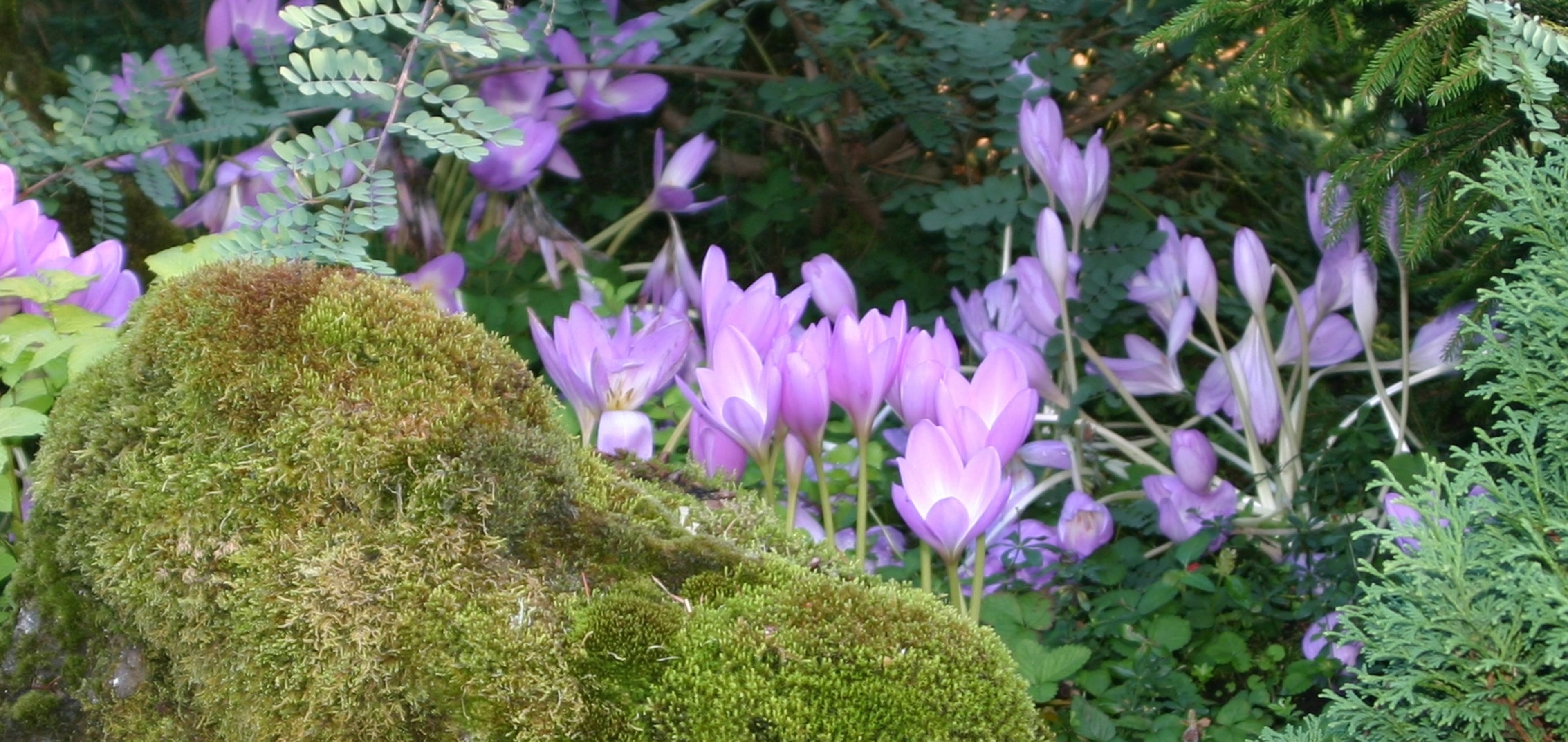The period of summer that we are going through right now is one of the shortest seasons in the natural calendar. This is a season of quick changes, not as dramatic as the changes of autumn, but distinct from the long, hot days of summer, with moderately warm, “al fresco” evenings. I can already feel the onset of clear, cool nights when I stay out late in the garden. Yesterday. I woke up to a fine mist and tomorrow they predict rain.
By a natural calendar, I’m referring to the division of the seasons by the natural cycles of the year instead of the usual month-by-month approach. We have all been trained to think of the seasons as three-month periods beginning with December, January, and February as winter. That puts us into summer for the months of June, July, and August. This summer division was further ensconced in my thinking by an annual, three-month summer vacation, a practice that has changed dramatically since my school days.
As a gardener, it makes more sense to go by the natural cycle of the year: pre-spring, early spring, spring, early summer, midsummer, late summer, early fall, fall and winter. This approach allows for variations in the climate and conditions in different regions and even different microclimates of the same region. Those of us living and gardening in the Pacific Northwest are usually quite aware that we don’t follow the timetable of weather patterns in other parts of the country.
The divisions of the natural garden cycle are observed, rather than written in stone. They help us know when to do specific garden chores such as mulching the garden for winter protection. We watch for signals from the garden itself. There are the emerging snowdrops to signal the change from winter to pre-spring. Apple blossoms confirm the onset of spring. Tulips will follow shortly. One of our signal plants of late summer is the snowberry, with ripe clusters of showy, large, white, marble-like fruits. In the months ahead, we can watch for ripe elderberries to usher in early fall.



